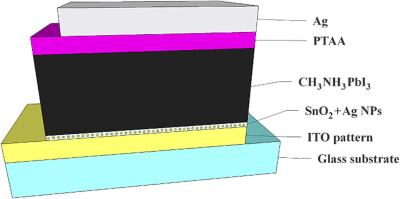SOLMATES consortium selected for Horizon Europe project, aims to develop improved flexible tandem PV technologies
A consortium entitled "Scalable High-power Output and Low-Cost MAde-to-measure Tandem Solar Modules Enabling Specialized PV Applications" (SOLMATES) was selected for a Horizon Europe project.
The consortium consists of 3 RTOs including the HZB (Helmholtz Center in Berlin for Materials and Energy), Korea Institute of Energy Research (KIER) and TNO (Netherlands Organization for Applied Scientific Research), 5 universities including the Universität Innsbruck (project coordinator) and 6 SMEs. The SOLMATES initiative launched in December 2023 held an initial "kick-off" strategic research meeting on January 17-18, 2024, in Innsbruck, Austria.


